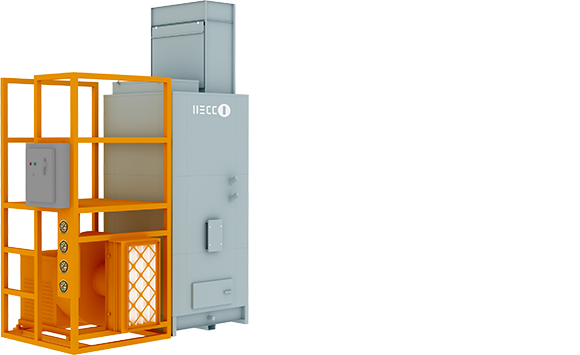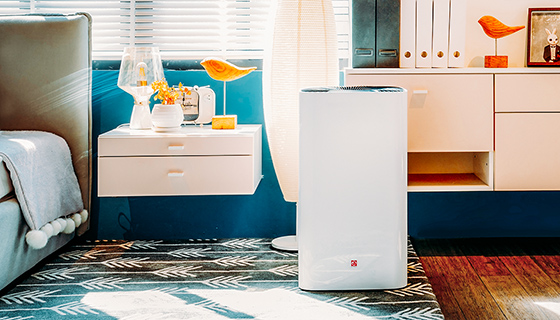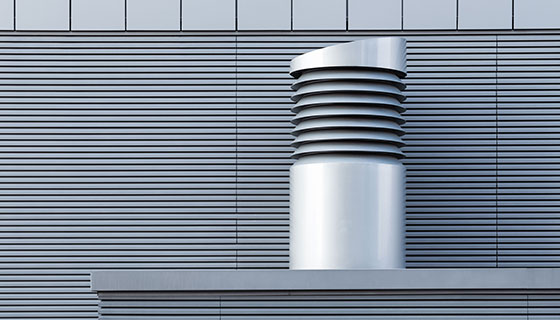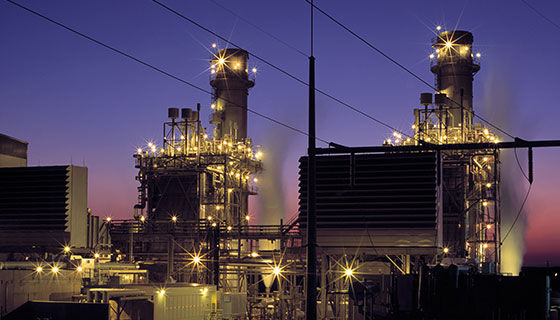TGS Series(Toxic Gas Scrubber)
Introduction
The Toxic Gas Scrubber (TGS) removes corrosive, malodorous and toxic contaminants and is designed for applications requiring high removal efficiency and extensive media life. The TGS system integrates three principal components: an industrial blower, a vessel containing Filtration Media and a discharge particulate filter section. The contaminated air is blown through an even-flow plenum section by the skid-mounted industrial blower. The air is then forced up through a deep bed of Filtration Media for removal of gaseous contaminants such as hydrogen sulfide, sulfur dioxide, chlorine, ammonia, etc. The selection of media and its depth depends on the type and severity of the challenge contaminants.
Many manufacturing processes result in the release of multiple airborne contaminants that lead to odor and corrosion problems. Oil and gas refineries, pulp and paper plants, and wastewater treatment facilities all generate a variety of harmful contaminants. In particular, hydrogen sulphide, an undesirable by-product of many processes is malodorous, toxic and highly volatile. For example, in wastewater treatment facilities, basin detention times, loadings to biological processes and sludge generation potential can influence odor levels. Septage and sludge handling systems are also common sources of strong odors. Odor generation is often the result of organic overloading, an inadequate supply of oxygen, improper ventilation or simply a failure to recognize that certain unit processes may require a special contaminant control technology. The IIECC Toxic Gas Scrubber (TGS) can control these gases and provide the ventilation required in these spaces.
The traditional method for odor and corrosion control typically relies on wet scrubbers which use chemical solutions to neutralize odors. These types of systems are used in cases with very high concentrations (greater than 20 ppm) in order to reduce contaminant loads. Unfortunately, wet scrubbers involve a major financial investment, require substantial maintenance, and have the potential to become an environmental hazard. In addition, wet scrubbers do not have the pull-down capacity to achieve low ppb gas leaving concentrations.
IIECC's Toxic Gas Scrubber (TGS) are vertical configuration dry scrubbers requiring smaller footprints filled with Filtration Media. For lower concentrations (less than 20 ppm), TGS dry scrubbers will efficiently remove contaminants to non-detectable levels. Servicing TGS scrubbers is minimal, only requiring annual bulk loading of the replacement media rather than the complex and frequent maintenance procedures necessary for wet scrubbers.
Features
-
Rugged industrial construction for maximum protection against corrosion and other severe environmental conditions.
-
Complete range of Filtration Media to suit various applications.
-
Factory-assembled packages to facilitate installation and start-up. Partially assembled systems are also available where passage is restricted.
-
Counter flow design to reduce maintenance downtime using gravity loading and unloading.
Configurations
| 316 stainless steel construction, aluminum construction, or zinc coated steel protected by a three coat corrosion resistant paint
|
30% (MERV 6) efficiency 2" (51 mm) pre-filter
|
Various bed depths available for odor and corrosion control
|
| 40% (MERV 9) efficiency after-filter
|
90% (MERV 14) efficiency 12" (305 mm) final filter. Higher efficiencies also available
|
Backward inclined pressure blowers, or radial blade design blowers available in stainless steel or mild steel
|
| Perforated 316 stainless steel media support platform
|
Bulk media filling port (gravity)
|
Bulk media discharge blast gate (gravity)
|
| Full-sized hinged access doors for particulate filters
|
High pressure neoprene gasket and silicone sealed joints |
Applications
| Pulp & paper mills
|
Oil & gas refineries
|
Incineration plants
|
| Sewage treatment plants
|
Steel mills
|
Pharmaceutical plants
|
| Electronic component manufacturing
|
Bleach plants
|
Computer rooms
|
| Chemical plants
|
General manufacturing |







